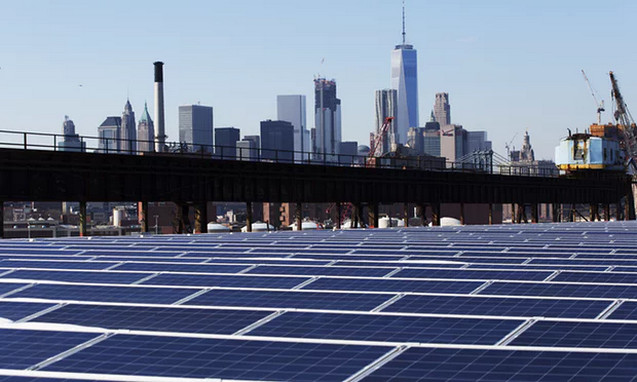IT’S not often you see brown on the weather map, but it’s not often you get weather like this either. The Bureau of Meteorology says it’s really not good.
New climate study warns of 50 degree days
IT WAS almost two weeks ago, but you may remember Friday September 22. Weather-wise it has now gone down in history.
The 22nd was the hottest-ever September day, with more than a fifth of the country setting new highs.
The mean maximum temperature on September 22 was 33.47C — more than six degrees warmer than the month’s average, the Bureau of Meteorology said in a special climate statement published on Thursday.
It broke the previous record set on the last day of September in 1998 of 33.39C and was the warmest since records began in 1911.
The Bureau said the heat during September was “exceptional” and much of it was caused by a high-pressure system centred over New South Wales and the Tasman Sea that kept large parts of eastern and northern Australia mostly cloud free.
Low rainfall and parched soil led the sunny weather to rapidly heat the land surface and overlying air.
NSW and Queensland experienced their hottest September days on record
the following week, while South Australia, Victoria and the Northern
Territory each had days in their top 10 warmest for September.
“More than 20 per cent of Australia by area recorded its hottest September day on record during 22-29 September,” the Bureau said.
NSW as a whole experienced its hottest September day on record on September 23, with a mean maximum temperature of 35.81C — more than 1.5C above the previous mark and nearly 15C warmer than the long-term average.
The Bureau noted that spring has warmed by around one degree since 1910 across Australia, consistent with what’s been observed around the world. “Studies undertaken by the Bureau and other scientific institutions have shown that climate change has contributed to the severity and frequency of recent heat events, including spring warmth,” it said.
Links
The mean maximum temperature on September 22 was 33.47C — more than six degrees warmer than the month’s average, the Bureau of Meteorology said in a special climate statement published on Thursday.
 |
A map of climate anomalies on 22 September 2017.
Areas coloured red or brown is at least 8C above the average
temperature. Picture: Bureau of Meteorology special climate statement. Source:Supplied
|
The Bureau said the heat during September was “exceptional” and much of it was caused by a high-pressure system centred over New South Wales and the Tasman Sea that kept large parts of eastern and northern Australia mostly cloud free.
Low rainfall and parched soil led the sunny weather to rapidly heat the land surface and overlying air.
 |
NSW on September 23 showing the maximum temperature
difference from the long-term average. Picture: Bureau of Meteorology
special climate statement maps. Source:Supplied
|
“More than 20 per cent of Australia by area recorded its hottest September day on record during 22-29 September,” the Bureau said.
NSW as a whole experienced its hottest September day on record on September 23, with a mean maximum temperature of 35.81C — more than 1.5C above the previous mark and nearly 15C warmer than the long-term average.
The Bureau noted that spring has warmed by around one degree since 1910 across Australia, consistent with what’s been observed around the world. “Studies undertaken by the Bureau and other scientific institutions have shown that climate change has contributed to the severity and frequency of recent heat events, including spring warmth,” it said.
Links
- Prepare to sweat: 50C days are coming
- Where’s Australia’s rain gone?
- Charles urges climate ‘wake-up call’
- Australian cities to have 50C summer days by 2040, study says
- Australia's summer heat hints at worse to come
- Aerosol study to look at great unknown in climate science
- Thunderstorm asthma: 'You're talking an event equivalent to a terrorist attack'
- 'The blob': how marine heatwaves are causing unprecedented climate chaos



